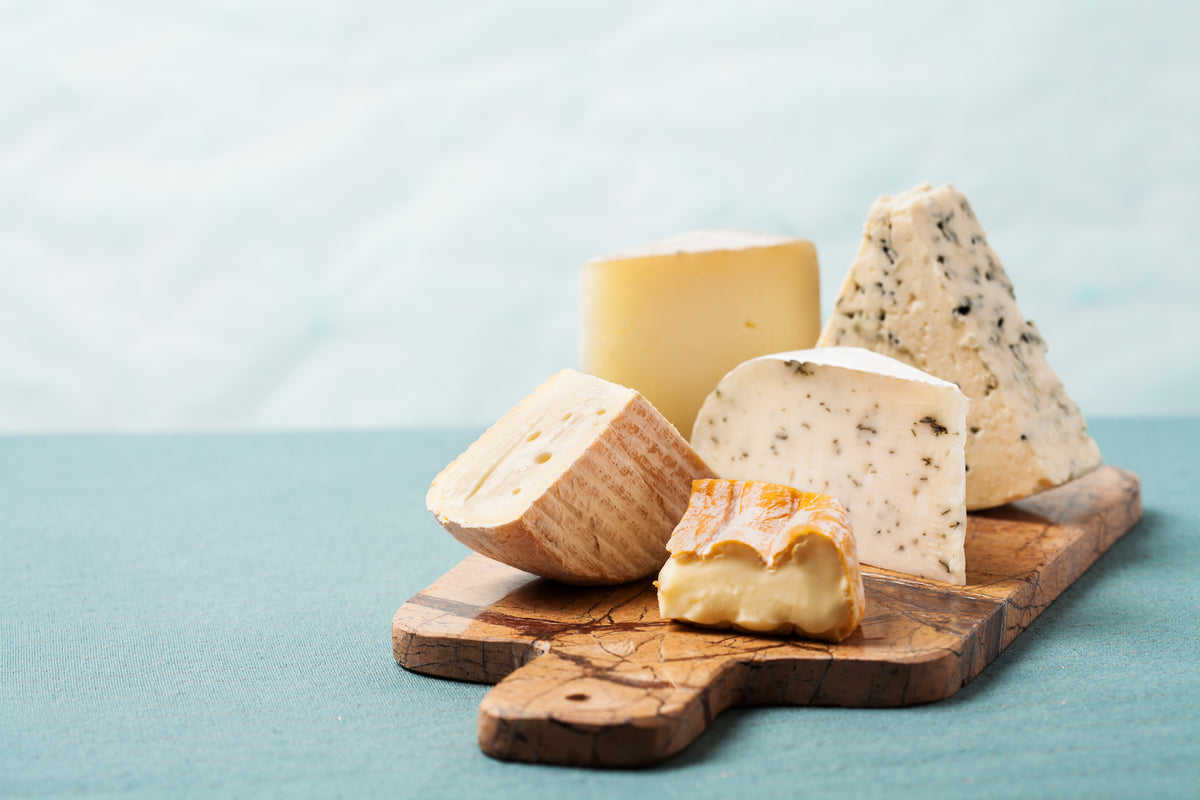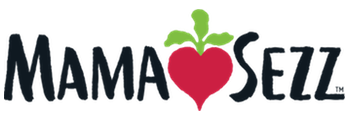
Quick take
Want to eat plant-based but can't seem to give up cheese? You're not alone! Cheese is actually addictive! But good news: you can break free from cheese cravings and cheese addiction. Keep reading to get our pro tips for giving up cheese for good!
But first: a gift for you!
#1 tip to lose weight 44% faster (and keep it off!)
On this page
Is cheese addiction real?
6 tips for kicking cheese addiction and cravings to the curb
Tried and true dairy free recipes for cheese addicts
Key takeaways
Is cheese addiction real?
Food addiction is a very real problem. For example, have you ever tried to give up dairy only to cave after a few days because your cheese cravings just got the best of you? It turns out, it can feel like you have a cheese addiction because cheese is an addictive food — it’s essentially dairy crack cocaine. And you’re certainly not alone in your love for cheese; the average American eats 23 pounds of cheese a year. That’s three times the amount of cheese consumption in the 1970s. In other words, cheese addiction is getting more common.
Why are we so addicted to cheese?
It's all thanks to the dairy proteins inside cheese. Cheese and other milk products contain a protein called casein. When casein is digested it releases opioid compounds. According to Dr. Neil Barnard, founder, and president of the Physicians Committee for Responsible Medicine (PCRM), “[Dairy opioids] attach to the brain's opiate receptors to cause a calming effect in much the same way heroin and morphine do.”
Why would these opioid compounds occur naturally in milk? Barnard researched and wrote all about it in his book, The Cheese Trap: How Breaking a Surprising Addiction Will Help You Lose Weight, Gain Energy, and Get Healthy. He explains:
“Imagine if a calf did not want to nurse. Or if a human baby was not interested in nursing. They would not do very well. So, along with protein, fat, sugar, and a sprinkling of hormones, milk contains opiates that reward the baby for nursing.”
In other words, these opiates, called casomorphins, are highly addictive, so the analogy of “dairy crack” is more than figurative – no wonder there are so many cheese addicts!
How much casein/casomorphin is really in cheese? Barnard says, “a cup of milk contains about 7.7 grams of protein, 80 percent of which is casein, more or less. Turning it into cheddar cheese multiplies the protein content seven-fold, to 56 grams. It is the most concentrated form of casein in any food in the grocery store.”
Yikes.
In addition to these casomorphins, cheese is loaded with saturated fat, a major contributor to heart disease.
Fun and/or scary fact: Harvard reports that pizza and cheese are the biggest food sources of saturated fat in the American Diet! Cheese is also packed with sodium, which in excess can lead to hypertension.
And too much casein has also been linked to certain types of cancer.
While we could stand here and list all the reasons you may want to give cheese the boot, most folks don’t struggle understanding why cheese isn’t a health food— they have trouble breaking their habit.
The good news is you can embrace a non-dairy lifestyle and leave cheese in the dust! Here's how to give up cheese for good...
6 tips for kicking cheese addiction and cravings to the curb
1. Wean off cheese

Can’t go cold turkey? That’s ok! You can still kick cheese cravings even if you’re a cheese addict and you don't have to do it overnight. Our advice is to start small. First, pick a few days a week where you go cheese-free (have your morning oats with non-dairy milk, enjoy a grain bowl for lunch, have pasta with red sauce for dinner). After that, as the weeks go by, add more and more days without cheese until eventually, your entire week is cheese-free.
2. Try nut cheese

There are lots of plant-based cheese alternatives, but first, if you're struggling with cheese addiction, it’s good to understand these alternatives are not cheese. Nut cheeses are not made from dairy and giving them some distance from the cheese you grew up with will help fend off disappointment and allow you to enjoy nut cheese as their own delicious food group.
Also, if you follow a whole food plant-based diet, beware of some of the store-bought vegan cheeses, which can be loaded with sodium, oil, and preservatives.
For store-bought: Treeline has some nice oil-free French-style nut cheeses. As for a vegan cheese sauce, you can't go wrong with MamaSezz Mama's Mac Sauce.
3. Get yourself some nutritional yeast!

One of the best things a cheese addict turned plant-based eater can do is go out and buy some nutritional yeast, or as vegans often call it, “nooch.” Found in the spice aisle at most grocery stores (and definitely at natural food stores), this deactivated yeast doesn’t expand so you don't have to worry that a loaf of bread will bake in your stomach after consuming. Nutritional yeast is a great addition to your spice rack because it gives your food a nutty and cheesy flavor.
Again, giving any plant-based alternative a little distance from the “real thing” is best, but if I were going to compare nutritional yeast to any kind of cheese, it’d be parmesan. Great for sprinkling on pastas, soup, tofu scrambles, on popcorn, on steamed veggies. You can’t go wrong with nooch.
4. Cook with non-dairy creamy textures
Worried you'll miss the creamy texture melted and soft cheeses can bring to a dish? You can still get creamy textures in your pasta, pizza, and rice dishes without using dairy. For instance, look to avocados, soaked and blended raw cashews, dairy-free milks (oat, almond, soy, coconut, etc.), blended cooked potatoes, blended white beans.
Or try MamaSezz Lazy Lasagna, made with cashew cream and our best-selling oil-free Marinara Sauce. You'll be in creamy dreamy pasta heaven, no cheese necessary.
5. Explore other flavors

Up until now, you may have relied on cheese to flavor your food. Americans have a habit of putting cheese on everything! So now that you're cheese-free, food may taste bland. However, it doesn't have to be this way.
One of the coolest things about going dairy-free and transitioning to a whole food plant-based diet is that your cooking options actually expand (contrary to popular belief that eating this way is restrictive). All the sudden, you’re going to look to your spice cabinet, and not a slice of cheese, for flavor.
Have fun! Explore! Try out world cuisines that don't traditionally rely on dairy, (for example Asian, African, and Caribbean recipes). Glean Pinterest and make dinnertime an adventure.
6. Be patient with cheese addiction
Above all, understand that change doesn’t always happen overnight. Take it one day at a time. If you end up eating some cheese at a dinner party, no worries. Just get back on the cheese-free horse at your next meal or snack time. Similarly have some empathy for yourself. It’s hard to cut out bad habits but within a few weeks it’ll get easier until eventually, you won’t even miss it. In fact, our taste buds can change drastically in just two weeks, even if you're a cheese addict. You can cut the dairy crack out of your diet and leave cheese protein behind. You've got this.
Tried and true dairy free recipes for the cheese addict
Get quick and easy (not to mention absolutely delicious ) dairy-free ecipes from MamaSezz Chef Caroline here.
A gift for you!
#1 tip to lose weight 44% faster (and keep it off!)
Key takeaways
- Weaning is fine! You don't have to change your cheese habits overnight. Start small if that feels more attainable.
- Try nut cheese in place of dairy.
- Use nutritional yeast as a vegan substitute for parmesan.
- Cook with non-dairy creamy textures, like avocado, blended cashews, and dairy-free milks.
- Explore cuisines that don't traditionally use dairy, like Asian, African, and Caribbean recipes.
- Be patient! It may take a few weeks for you (and your taste buds) to adjust.
Updated 11/10/22
**
By Ali Brown
Ali is a mom, wife, and nutrition and lifestyle writer and editor. She has her Plant-Based Nutrition Certificate from the T. Colin Campbell Center for Nutrition Studies.



Great information! Thanks for your help in healthy eating!